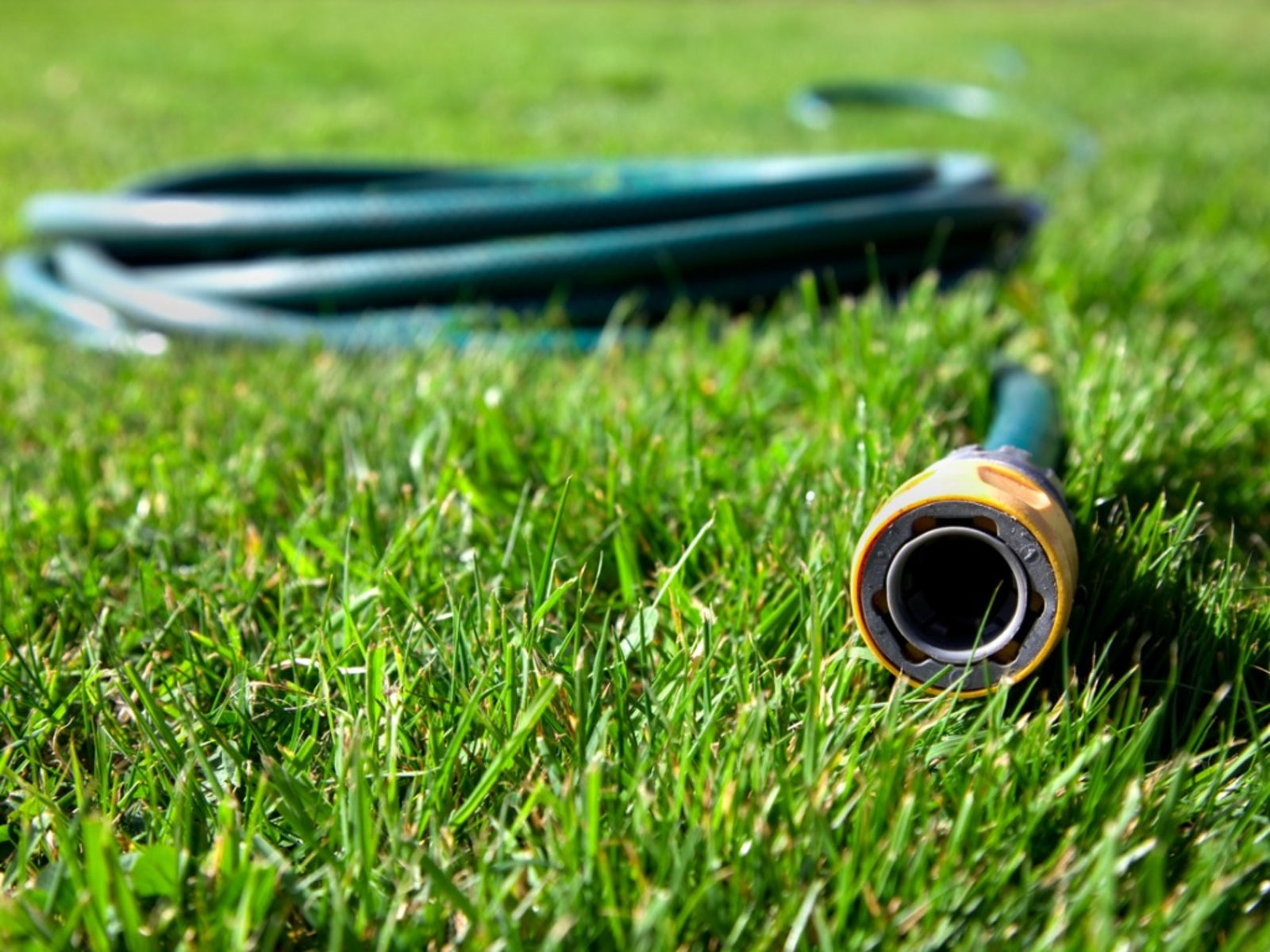Garden Hose Information: Learn About Using Hoses In The Garden
A garden hose is an important and necessary tool for anyone with a yard or garden. Choose the right one for your particularl gardening needs.


Different Types Of Garden Hoses - Learn About Various Uses For Garden Hoses
While not exactly the most fascinating subject in gardening to read about, hoses are a necessity for all gardeners. Hoses are a tool and, as with any job, it is important to select the proper tool for the job. There are many hoses to choose from and which hose you will need depends on the site and the plants, but also your own preferences. Continue reading to learn about different types of garden hoses and specific uses for garden hoses.
Garden Hose Information
It may seem like a hose is just a hose. However, each spring, home improvement stores and garden centers fill aisles with different types of garden hoses.
These hoses come in many different lengths, most commonly 25 to 100 feet (8-30.5 m.). Naturally, what length you need depends on what you are watering. If your garden is only 10 feet (3 m.) away from the spigot, it's probably not necessary to buy a 100 foot long hose (30.5 m.). Likewise, if your garden is way in the back of your yard, you may need to buy more than one hose and connect them to reach the garden.
Hoses also come in different diameters. The most common is a ½ inch (1 cm.) diameter, though you can also get hoses with a 5/8 or ¾ inch (2 cm.) diameters. The diameter of the hose controls how quickly water flows through it. On average, a ½ inch (1 cm.) diameter hose disperses 9 gallons (34 L.) of water per minute, while 5/8 inch (2 cm.) diameter hoses disperse 15 gallons (57 L.) of water per minute, and ¾ inch (2 cm.) hoses can disperse up to 25 gallons (95 L.) of water per minute. In addition to this, the length of the hose also affects water flow and pressure. The longer the hose, the less water pressure you will have.
Size is not the only difference in garden hoses. They can also be constructed of different amounts of layers or ply. The more layers, the stronger and more durable the hose will be. Hoses are usually labeled as one to six ply. However, it is what the hose is actually made of that determines its durability.
Garden hoses are usually made of vinyl or rubber. Vinyl hoses are lightweight, but they kink more easily and do not last as long. Vinyl hoses are also less expensive. Rubber hoses can be very heavy, but they last longer if properly stored. Some hoses are made with metal coils or cords between layers of vinyl or rubber. These coils are intended to make them kink-free. In addition, black hoses heat up in the sun and if water has been left in them, the water may be too hot for plants. Green hoses stay cooler.
Using Hoses in the Garden
There are also specific uses for specific garden hoses. Sprinkler hoses are capped at one end and water is then forced out of little holes along the hose. Sprinkler hoses are oftentimes used for watering lawns or new planting beds.
Gardening tips, videos, info and more delivered right to your inbox!
Sign up for the Gardening Know How newsletter today and receive a free copy of our e-book "How to Grow Delicious Tomatoes".
Soaker hoses are made from a porous material that allows water to slowly seep into the root zones of newly planted beds. The main purpose of flat garden hoses is easy storage. To get the longest life out of whichever hose you prefer, the following tips should help:
- Store hoses out of direct sunlight.
- Drain and coil hoses between uses.
- Store hoses by hanging them.
- Don't allow hoses to stay kinked, as this can lead to a permanent weak spot on the hose.
- Drain and store hoses in a garage or shed throughout winter.
- Don't leave hoses lying out where they can be run over or tripped on.